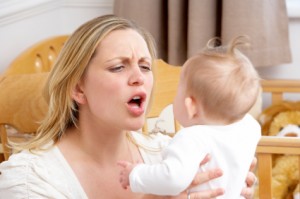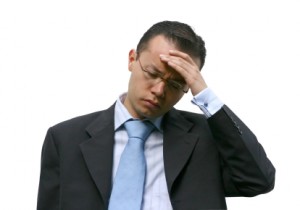There are many different types of depression and each can range from mild to severe in nature. There are different causes and risk factors associated with each condition and each type has specific symptoms and treatment options.
The Most Common Types of Depression
Although not comprehensive, the list shown below does provide a quick look at the most common types of depression. A thumbnail description of each is shown below. For more information about a particular condition, please click through to the page that contains more information about the particular type of depression.
Clinical Depression is a more severe, persistent form of what most people think of when they think of depression. Common symptoms include feelings of sadness, hopelessness and fatigue. Common causes and risk factors are genetics, alcohol, stress, trauma, hormonal changes. Treatment options include antidepressants, therapy, and alternative remedies.
For more information on clinical depression click here.
This condition can occur in women after the birth of a baby. Common symptoms include lack of interest in the baby, sleep issues, lack of energy. Causes of this condition are thought to be genetics, physical reasons, emotional and/or social factors. Treatment options commonly include prescription medication, pscyhotherapy and natural treatments.
For more information on postpartum depression click here.
Major Depressive Disorder is characterized by a bleak outlook on life and can be caused by traumatic events or other environmental factors. Prescribed treatment is most often antidepressants and/or therapy.
For more information on major depression, click here.
Bipolar Disorder is characterized by mood swings. Genetics is a common cause of this disorder and the type of treatment depends on the severity of the condition but usually includes some form of prescription medication such as serotonin reuptake inhibitors and therapy.
For more information on manic depression, click here.
Male menopause is the term used to describe the depression that accompanies the aging process in some men. It is thought to be associated with a decreased testosterone level that happens naturally. It is characterized by some of the same symptoms as female menopause including lowered energy levels and mood swings.
For more information on male menopause, click here.
This condition is a more extreme version of clinical depression and includes psychotic delusions and hallucinations. It is thought by some experts to be caused by childhood trauma. Usually a psychotic episode is short lived in duration and in most cases hospitalization is highly recommended.
To read more about psychotic depression, click here.
This medical condition is very similar to major depression except that patients can react positively to positive events whereas those with major depression usually do not. It is thought to be caused by an imbalance in brain chemicals. It is often mistaken for hyperthyroidism.
To find out more about atypical depression, click here.
The distinguishing feature of this illness is the length of time that it lasts – the symptoms of depression occur for at least two years. There are different types of chronic depression and each has its own specific set of symptoms. Treatment typically includes antidepressants and inhibitors as well as several forms of therapy.
Click here to learn more about long term chronic depression.
Those suffering from this illness are usually not able to take part in the everyday aspects of life including work and social activities. It can be debilitating and successful treatment usually requires professional help from a doctor or health care provider.
For more details about severe depression click here.
This illness occurs at certain times of the year, most commonly during winter months although it affects a small portion of the population during the summer. It is thought to be caused in part due to sunlight deprivation so light therapy is usually prescribed.
Click here to find out more information about seasonal depression.
There is usually no apparent reason for this illness. It strikes a person seemingly out of the blue and is thought to be caused by genetic factors causing a brain chemical imbalance. The treatment for this condition is often antidepressants.
For more details about this condition, click here.
This condition is often brought about as a reaction to a traumatic life event such as the death of a loved one. It usually lasts less than 6 months and the most common treatment prescribed is therapy.
To learn more about reactive depression click here.
This condition is a less severe form of depression but can still have a major disruptive affect on the person who suffers from it. Usually therapy and/or antidepressants is prescribed as a treatment option.
For detailed information about mild depression click here.
Like the name implies, this condition is characterized by extreme and often debilitating agitation as well as some of the more common symptoms of depression. It is important that medical tests be performed to rule out other health issues prior to a diagnosis as this condition often mimics certain physical ailments.
Click here to learn more about agitated depression.
This is a form of Bipolar I and Bipolar II depression. It is thought to be caused by a lack of certain brain chemicals and inherited.
For detailed information about melancholic depression, click here.
Recent Posts






